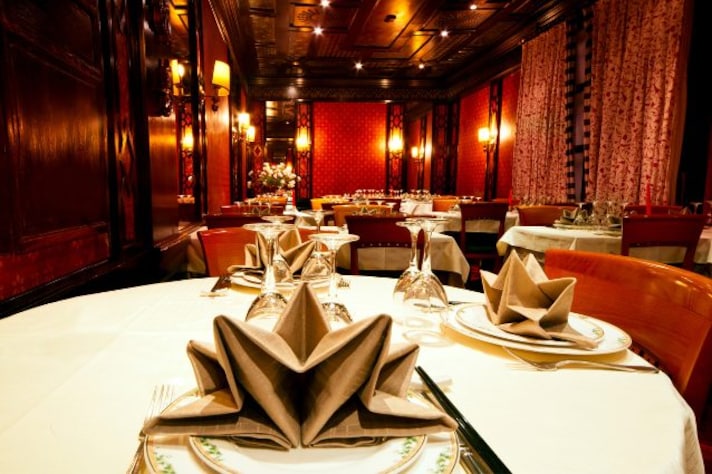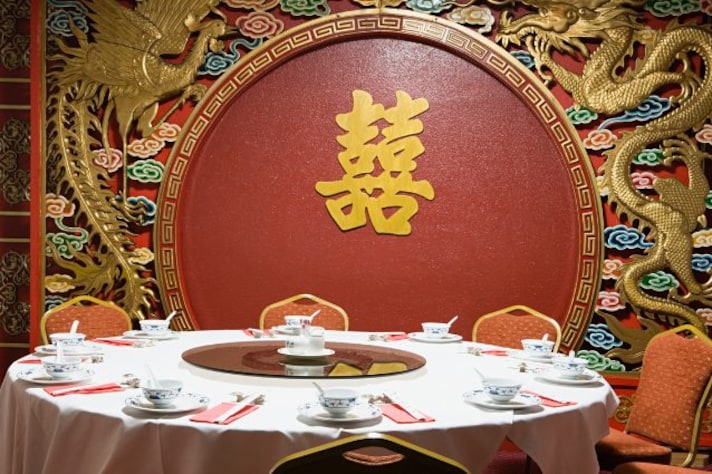
Round tables are a staple in Chinese restaurants due to their cultural symbolism of equality and unity, practical benefits for sharing dishes, and efficient space utilization. This design choice enhances the communal and inclusive nature of Chinese dining, making meals more enjoyable and fostering a sense of togetherness among diners. Here’s why round tables are the preferred choice in Chinese dining settings and how they make meals more enjoyable for everyone.
Symbolism of Equality and Unity in Round Tables
Round tables hold special meaning in Chinese culture, symbolising equality and unity. Unlike rectangular tables, where some seats might be considered more prestigious or reserved for special guests, round tables place everyone on equal footing. Each person gets the same position around the table, which helps create a sense of inclusion and togetherness. It’s not just about where you sit but the message it sends: everyone is equally valued.
This sense of unity is especially important during family gatherings or celebrations. The round shape represents completeness and wholeness, making it the perfect choice when bringing people together. A round table ensures that no one is left out of the conversation, reinforcing the importance of connection and shared experiences.

Enhancing the Dining Experience with Shared Dishes
One of the best parts of dining at a Chinese restaurant is sharing a variety of delicious dishes with your companions. Round tables make this tradition even better by making it easier for everyone to reach and enjoy the food. Many Chinese restaurants use a lazy Susan (a rotating tray) in the centre of the round table, allowing diners to spin the tray to access different dishes without having to pass plates back and forth.
This setup not only makes it convenient to reach every dish but also encourages interaction among diners. As dishes are shared and discussed, it naturally creates a more social and lively atmosphere. The round table design is perfect for this style of communal dining, where everyone can easily join in on tasting and discussing the food.

Round Tables Make for Practical Space Utilisation and Flexibility
Aside from cultural reasons, round tables are also a practical choice for restaurants. They help maximize space in dining areas, fitting neatly into various corners or open areas without leaving awkward gaps like square tables might. This makes it easier for restaurants to accommodate groups of different sizes while still keeping the space comfortable.
Round tables are also great for seating larger groups. Since everyone is positioned around a single focal point, it’s easier for everyone to see and interact with each other, creating a more intimate and friendly dining experience. This is particularly valuable for large family gatherings or celebrations, where inclusivity and connection matter most.
;Resize,width=767;)
